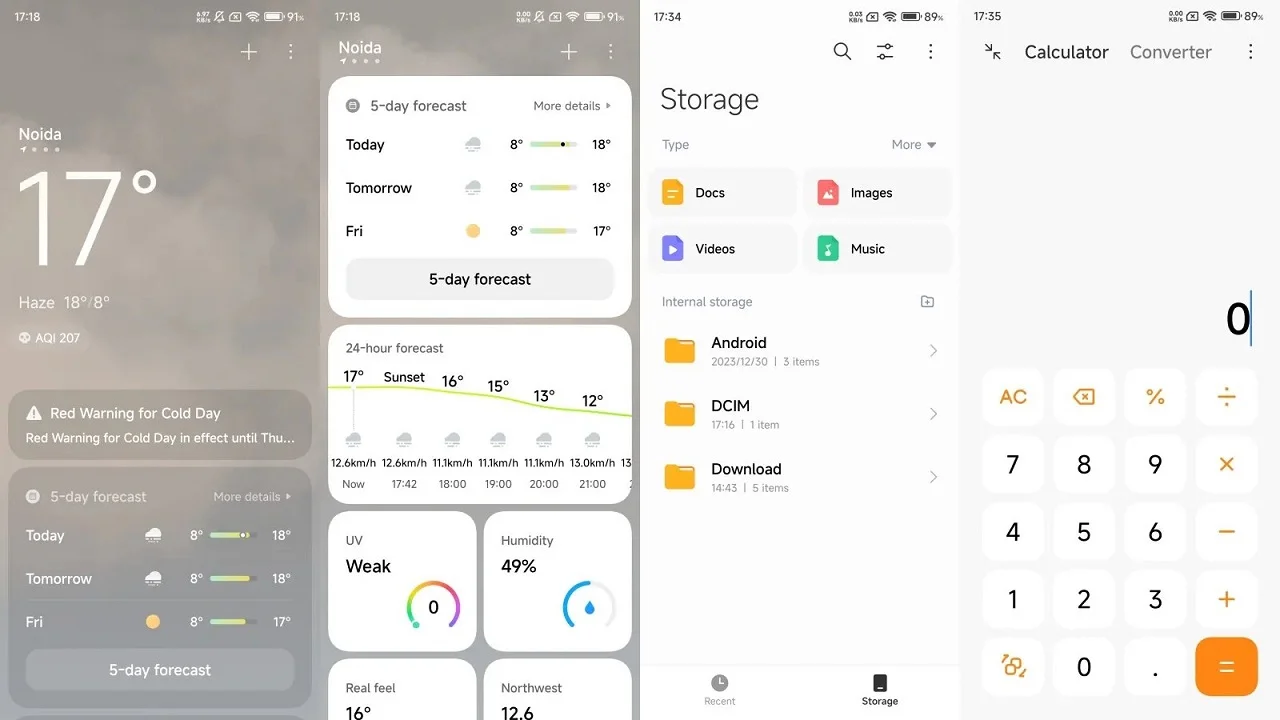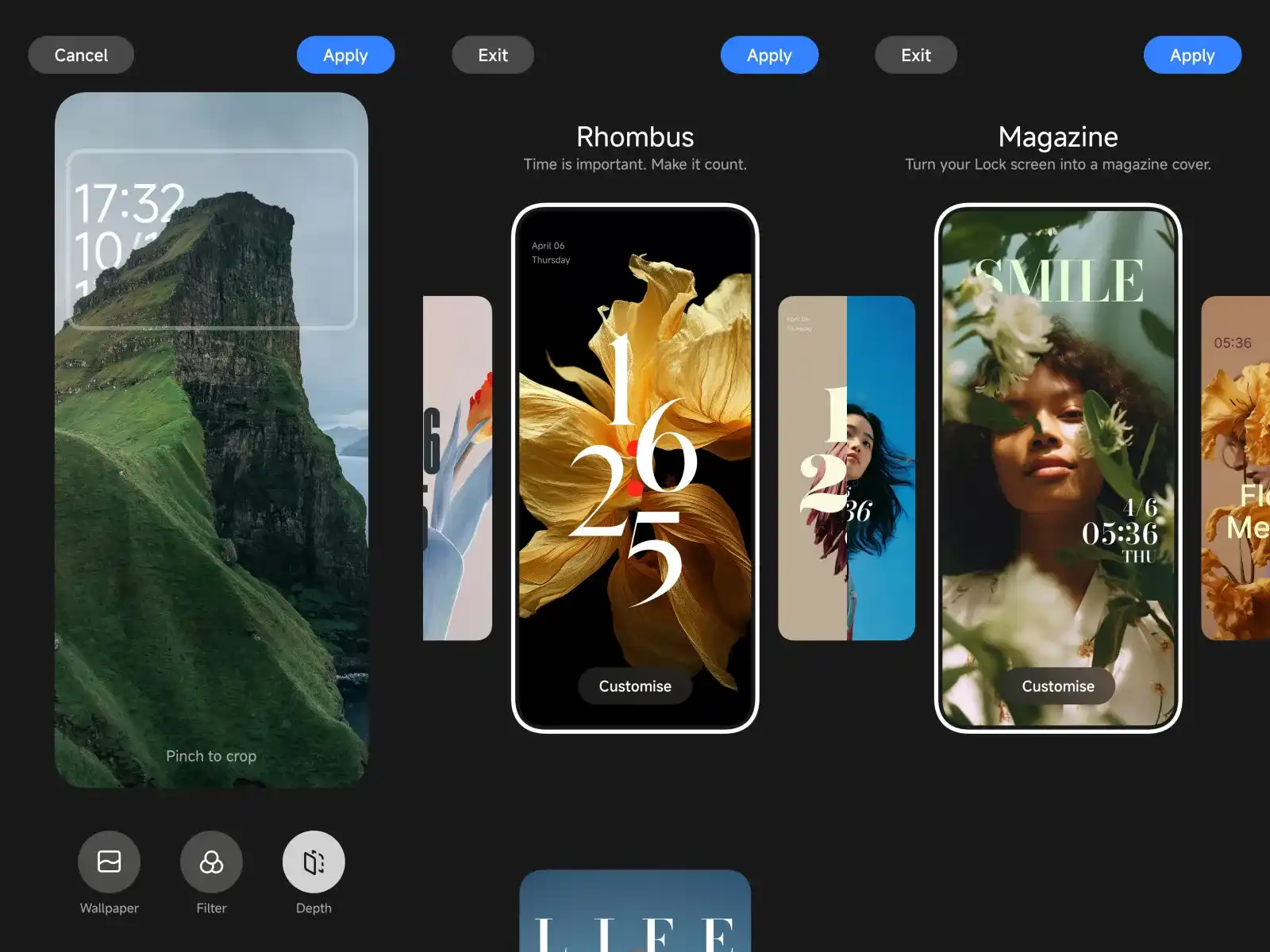In the ever-evolving landscape of Android smartphones, the Xiaomi 13 Pro has emerged as a frontrunner, boasting an unparalleled level of fluidity attributed to its MIUI experience. After rigorous testing of numerous Android phones over the past year, the Xiaomi 13 Pro’s performance stands out, especially when compared to its budget counterparts.
The MIUI experience on the Xiaomi 13 Pro is a revelation, showcasing a stark contrast between budget and high-end devices. On cheaper handsets, users are often presented with a scaled-down version featuring a simplistic UI and minimalistic animations that, unfortunately, may stutter. However, the narrative takes a drastic turn when exploring the Xiaomi 13 Pro – an epitome of smoothness where lags are virtually nonexistent, even when pushing the phone to its limits. What’s even more remarkable is that this seamless performance persists despite the presence of resource-heavy iOS-style animations, a feature absent in many other Android skins.
Just when one might assume that Xiaomi has reached the pinnacle of fluidity, HyperOS enters the scene, elevating the user experience to new heights. The animations, once considered “fancy,” have been enhanced further, infusing vibrancy and liveliness into various elements across the UI. As HyperOS takes the stage, it becomes evident that Xiaomi is committed to pushing the boundaries of what users can expect in terms of Android fluidity.

Taking inspiration from iOS is not uncommon in the Android realm, but Xiaomi, at times accused of mirroring Apple’s design choices, executes this influence with finesse. HyperOS, in particular, refines the Control Panel in MIUI by removing labels on the tiles, resulting in a more seamless and visually appealing interface. The fluid animation when pulling down the status bar to open the Control Center further emphasizes the cohesive and flowing design.
The parallels with iOS extend to HyperOS’s new lock screen customization options, offering three distinct styles: Classic, Magazine, and Rhombus. Classic displays essential information like time, date, and weather, while Magazine allows users to showcase their own text prominently. The ease of transforming the lock screen with just a couple of taps, coupled with the always-on display’s smooth transition, positions HyperOS as a leader in lock screen personalization among Android skins.
App redesigns are a notable highlight of HyperOS, with Weather, Calculator, and File Manager receiving refreshing updates. The Weather app now offers better readability and additional details like Real Feel, enhancing the overall user experience. Meanwhile, the File Manager, previously outdated, now aligns with the modern aesthetics of the system UI, albeit with a peculiar slowdown during launch. The introduction of Mi Sans, a custom font, and refreshed home screen icons contribute to the overall aesthetic appeal, demonstrating Xiaomi’s attention to detail.
Despite these strides, some persistent MIUI issues linger. The app shortcuts menu redesign, while an improvement, still lacks the ability to drag shortcuts to the home screen. Notifications continue to present layout challenges, and customization options, such as changing icon shapes, remain limited compared to competing Android skins.

One noteworthy drawback is the coexistence of Google and HyperOS apps on Xiaomi devices outside of China, leading to a somewhat disjointed user experience. Ideally, a full transition to the HyperOS ecosystem would provide a more cohesive interface. However, users are currently presented with a combination of both platforms, impacting the overall seamlessness of the device.
In conclusion, the limited rollout of HyperOS on the Xiaomi 13 Pro in India marks a significant step forward in the evolution of Android fluidity. As plans emerge to extend HyperOS to the Pad 6 and beyond, the eligibility criteria for Android 12 and above suggests a commitment to widespread adoption. The hope remains that Xiaomi’s promised optimization for HyperOS will bring consistency across its lineup, breaking away from the tradition of limiting software based on price tiers and providing a uniform, smooth experience for all users. As the technological landscape continues to evolve, Xiaomi’s innovative strides in Android fluidity are poised to redefine user expectations across the Android ecosystem.




